
Sponsorship money is out there—and it’s growing. Global sports sponsorship alone was estimated at nearly $97.35B in 2023 and is projected to approach $190B by 2030, a signal that brands continue to invest in partnerships tied to live experiences. Source: Statista.
But that money doesn’t automatically flow to every event. Sponsors buy clarity. They want to see who they’ll reach, how they’ll show up, and what outcomes they’ll get. That’s where smartly designed event sponsorship packages earn their keep—by turning scattered opportunities into a simple, outcome‑driven menu that’s easy to buy and even easier to renew.
In this guide, we’ll demystify what sponsorship packages are, why they matter, and how to build ones that sponsors say “yes” to. You’ll get five plug‑and‑play examples/templates—from classic Bronze/Silver/Gold to in‑kind, media, digital, and bespoke packages—plus tips, pitfalls to avoid, and a repeatable process to prove ROI.
Event sponsorship packages are productized bundles that pair a defined investment level with specific benefits. Instead of sending a custom proposal for every inquiry, you publish a tiered menu with clear deliverables, pricing, and optional add‑ons. Sponsors can self‑select a level that aligns with their goals and budgets—speeding up decisions and shortening your sales cycle.
At their core, event sponsorship packages answer three questions:
What does each level include? (benefits and access)
How much does it cost? (pricing and payment terms)
How will success be measured? (metrics, reporting, and renewal path)
Common sponsorship types you can package:
Financial (cash) sponsorship: direct dollars tied to defined benefits.
In‑kind sponsorship: non‑cash value such as venue, A/V, catering, production support, media/ads, swag, or software—credited at fair market value and documented with a valuation approach.
Hybrid packages: a mix of cash and in‑kind that fund high‑impact activations.
The Loopyah Content Team shares expert insights, practical guides, and industry updates to help event organizers create unforgettable experiences and stay ahead in the event planning world.
selling
A well‑structured package is a revenue engine. It helps your event stand out, speeds up sales cycles, prevents scope creep, and gives sponsors a clear path to ROI. When you package benefits, you reduce guesswork and make the purchase decision easy—especially for busy marketers under pressure to prove impact.
Done right, sponsorship packages create a win‑win: brands get access to your audience and moments that matter, while you gain predictable revenue and promotional support that elevates the attendee experience.
Advantages of clearly defined sponsorship packages:
Attract more sponsors: A polished prospectus signals professionalism and makes it simple for brands to say “yes.”
Streamline the process: Tiers, benefits, and prices eliminate back‑and‑forth on basics and move conversations to objectives and outcomes.
Maximize revenue: Thoughtful upsells and add‑ons increase average order value and open paths to multi‑event, year‑round partnerships.
Strong packages are built for outcomes—not just inventory. Use these pillars as your checklist.
Spell out what the sponsor gets in language that maps to outcomes marketers care about: reach, relevance, leads, content authority, and sales pipeline. “Logo on website” is fine—but the real value is access to your community. Use audience descriptors (industry, seniority, intent signals, geographic mix) and expected scale (registrations, average session attendance, stream viewers) to help buyers model ROI.
Each step up should unlock better access to your audience or content—not just bigger logos. For example: base tiers focus on brand visibility; mid tiers add engagement (booths, lead capture, session participation); premium tiers add editorial influence (keynotes, content studio time, VIP experiences) and data rights (opt‑in leads, post‑event list usage with agreed terms).
Sponsors need proof. Build in tracking from day one: unique UTM links, custom QR codes, lead scans, dedicated offer codes, on‑site surveys, and post‑event brand lift or intent questions. Agree on KPIs upfront (impressions, qualified leads, meetings booked, content views) and the reporting cadence (interim check‑ins + a final report within 10–20 business days of your event).
Build a solid tiered menu and complement it with add‑ons or bespoke activations that map to a sponsor’s “why.” Examples: content studio sessions, hosted roundtables, VIP lounges, co‑branded research, or community givebacks. Keep scope tight and priced; customize via “packages + add‑ons,” not one‑off freebies.
Let's dive into 5 sponsorship ideas you can use for your next event.
Best for first‑time or recurring events that need a simple, scalable structure. The goal is to make it easy for sponsors to self‑select a level and for your team to fulfill consistently.
What “good” looks like:
Bronze (Visibility): logos on site and signage, 1–2 social mentions, listing in event app, basic booth placement; buyer passes x2.
Silver (Engagement): everything in Bronze plus preferred booth location, sponsored email placement, lead scans, sponsored session intro, mid‑event check‑in; buyer passes x4.
Gold (Influence + Data): everything in Silver plus speaking role or fireside chat, content studio slot, VIP lounge access, post‑event opt‑in list usage for one campaign, detailed performance report, and renewal option hold.
Sample pricing guidance: price tiers to change the quality and type of access—not only the quantity of logos. For example, if Bronze is $3k–$7k, Silver could be ~2–3x that, and Gold ~4–6x Bronze, depending on audience quality, inventory scarcity, and your cost to deliver. Calibrate using your demand, margins, and proof points.
Planning tip: lock campaign assets early. Your event landing page should reserve prime logo and CTA real estate for top tiers and include measurable links for each sponsor placement.
In‑kind sponsorships exchange goods or services for benefits. They’re powerful levers when budgets are tight or when a partner can elevate the experience (e.g., premium A/V, artisan coffee bars, on‑site Wi‑Fi naming rights, video production, photography, or media placements).
Key steps to get it right:
Assign fair market value (FMV): price in‑kind contributions as if you were paying a third party. Document the valuation approach and include it in the agreement. See IRS Publication 561 for FMV guidance and consult your accountant for specifics.
Keep benefits proportional to value: if A/V is worth $25k, match that tier’s deliverables. Don’t over‑grant premium assets for low‑value trades.
Mind legal and tax lines: in‑kind acknowledgements differ from advertising in some jurisdictions. Align language with your counsel’s guidance.
Template idea: “Experience Partner” tier where the sponsor’s product powers a signature activation (e.g., “Powered by [Brand] Networking Lounge”), with co‑branded signage, app feature, and a post‑event content recap tag.
Media sponsors multiply your reach and add credibility. In exchange for coverage or ad inventory, they get presence on‑site and preference in content moments.
Bundle cross‑platform value:
Digital: site takeovers, newsletter inclusions, sponsored posts, pre‑event countdown content, and highlight reels.
Broadcast/Audio: pre‑rolls and mid‑rolls on podcasts, on‑air mentions, brief interviews with keynotes, and on‑site recording booths.
On‑site: media wall branding, press lounge naming rights, priority interview slots, and co‑hosted live segments.
Measurement: request impression guarantees, distribution plans, and reporting timelines. If your media partner’s audience overlaps well with yours, this package can replace paid ads you’d otherwise buy—saving budget while amplifying reach.
Digital inventory is high‑margin and measurable—perfect for sponsors who want targeted reach and attributable actions. Combine website, email, social, and streamed content into cohesive, outcome‑driven packages.
Sample inclusions:
Website + App: homepage hero banner, session page banners, sponsored agenda highlights, app push notification.
Email: pre‑event feature placement, “brought to you by” transactional emails, exclusive promo to registrants, and post‑event newsletter spotlight. Use your email platform to segment by interest and engagement.
Social: co‑branded countdowns, sponsored Reels/Shorts, live Q&A, and post‑event carousels with takeaways.
Livestream/On‑Demand: lower‑thirds, mid‑roll placards, sponsored segments, and a content hub “presented by” attribution.
Measurement must‑haves: unique UTM parameters for every placement, first‑click and last‑click attribution views, viewability thresholds for display (e.g., 70%+), click‑through rate benchmarks, and post‑click engagement (time on page, demo requests, content downloads).
Pricing guardrails: price by audience intent and scarcity. Prime placements near registration CTAs should command a premium. Pair guarantees (impressions or opens) with make‑goods to de‑risk for sponsors.
Some of the most memorable partnerships are co‑created. Start with the sponsor’s business objective—awareness, thought leadership, pipeline, community impact—and choreograph an experience that brings it to life in a way only your event can deliver.
Bespoke activations to consider:
Content studio: on‑site filming of customer interviews; edited clips for post‑event social and sales enablement.
VIP lounge: hosted executive meetups with RSVP pre‑qualification and white‑glove intros.
Community giveback: co‑branded donation wall or volunteer activation that ties the brand to a cause your audience cares about.
Product trial zones: hands‑on demos in environments where your audience naturally congregates (registration, lounges, break areas).
Guardrails: write a detailed scope, add a creative brief with deadlines, assign approvals, and build a “Plan B” for any elements with logistics risk. Price bespoke as a premium on top of the nearest tier to protect delivery time and staff costs.
These ideas are powerful and will help you sharpen your offering — but let’s look at a real-world example to see how it all comes together.
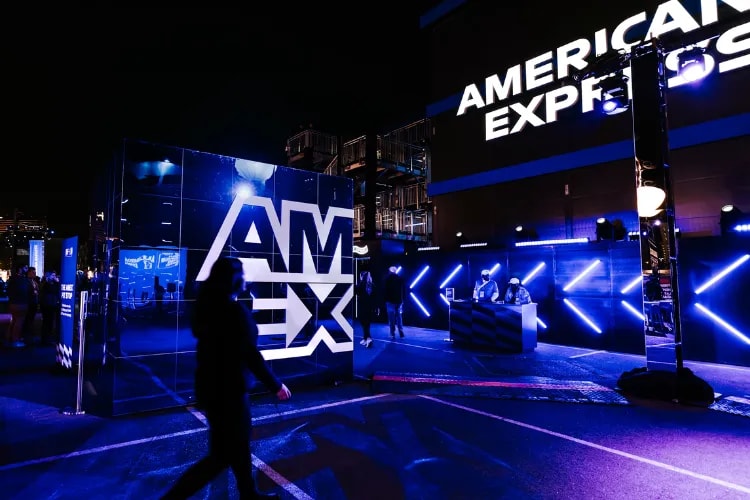
A heavyweight example of a sponsor partnership that goes beyond logos and lands squarely in fan experience, premium access, and year-round brand visibility.
Global event integration across the entire F1 calendar — spanning Australia, Asia, Europe, the Americas, and the Middle East.
Premium access perks for Card Members, including presale tickets, select Paddock Club access, and grandstand seating.
On-site fan activations at 15 races in 2025, featuring custom experiences like trivia challenges, F1 driver intro video booths, livery design stations, and exclusive giveaways.
Hospitality experiences tailored for business clients, partners, and high-value customers.
Exclusive race perks such as complimentary Amex Race Radios and reserved sessions at Card Member lounges.
Cross-series support, continuing as an Official Partner of the all-female F1 Academy.
Ongoing global brand presence, aligned with F1’s growing millennial and Gen Z fanbase (a key American Express growth demographic).
This deal nails the sweet spot between brand alignment and fan value. F1 gets a global, prestigious partner that enhances race-weekend experiences. Amex gets deep integration into a sport that commands a massive, fast-growing young audience. And fans? They get actual, meaningful perks — not just a logo at turn seven.
This is a masterclass in how a sponsor can show up physically, digitally, and emotionally at an event series, all while driving brand loyalty and card usage.
Give sponsors real access, real touchpoints, and real value. When brands can slot directly into your attendee experience — not just your marketing assets — you unlock bigger dollars, longer partnerships, and more invested sponsors.
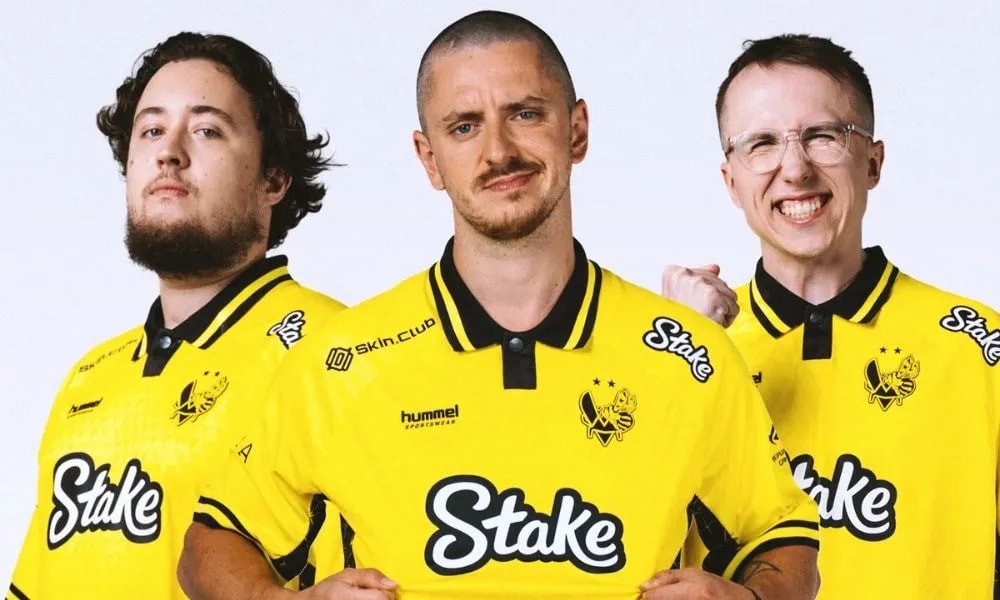
A bold, high-stakes partnership that shows how esports teams can pull in major non-endemic brands by offering deep access, premium visibility, and a global audience.
Seven-figure, multi-year deal positioning Stake as the official international betting partner of Team Vitality’s Counter-Strike 2 roster.
Prime jersey placement — Stake’s logo on the front and left collarbone of the team kit.
Exclusive access to players for branded content, social campaigns, and behind-the-scenes storytelling.
Collaborative social media activations built around Vitality’s roster, designed to push reach and engagement.
Entry into esports for Stake, expanding its portfolio beyond UFC, Formula One, and top-tier tennis.
This sponsorship hits several pressure points perfectly:
Massive audience upside: Esports viewership is projected to hit 640 million by the end of 2025 — a goldmine for brands hungry for global reach.
Category momentum: Betting brands already make up 25% of all esports sponsorship revenue, meaning the audience is receptive, and the space is heating up fast.
Strong brand alignment: Stake wanted to plant a flag in esports. Team Vitality delivered a world-class team, championship credibility, and a content-rich ecosystem that gambling companies love.
Mutual growth play: Vitality gets serious funding and global brand weight; Stake gets legitimacy and instant relevance with CS2 fans.
This isn’t just logo-slapping — it’s a full-funnel brand integration built around access, visibility, and cultural relevance.
If you want bigger sponsors, offer story-driven access, premium placement, and co-created content opportunities. Big brands don’t just want impressions — they want immersion. Give them a platform inside your event, not just next to it.
A top-tier example of how a global brand can elevate an event by going all-in on title sponsorship — and how a growing sports property can use that partnership to boost credibility, community impact, and international reach.
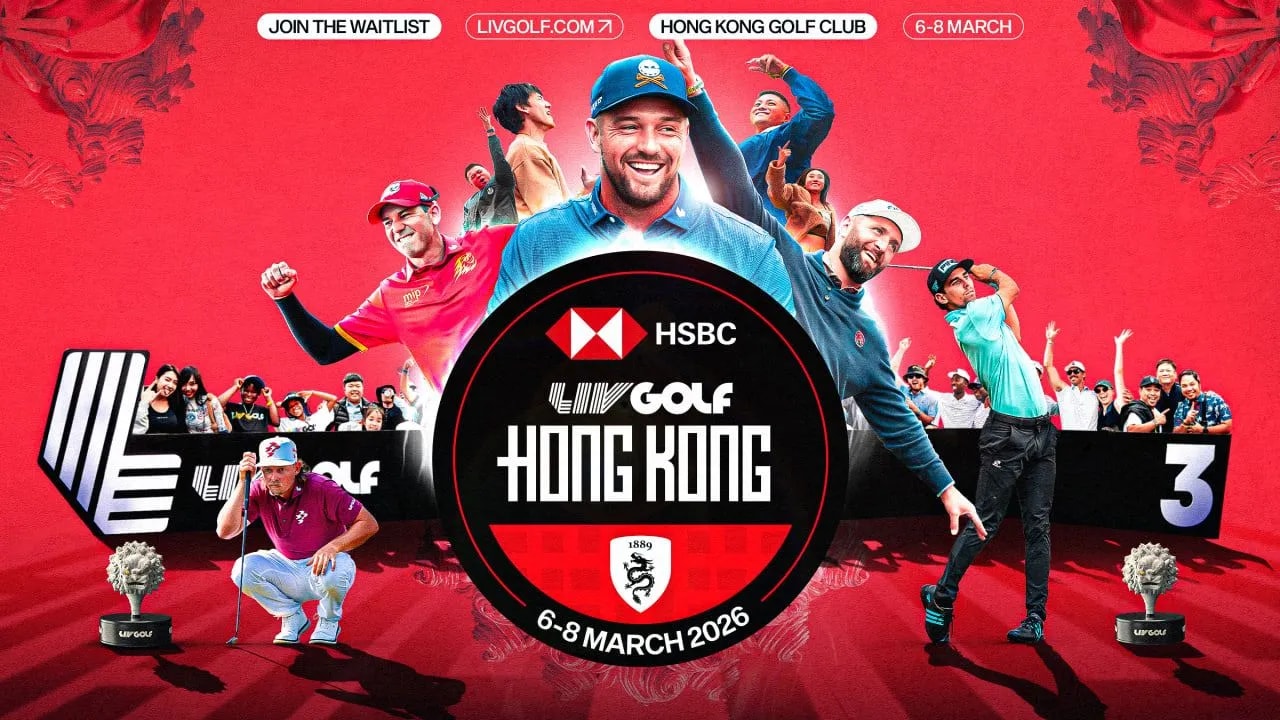
First-ever title sponsorship in LIV Golf history, naming the event HSBC LIV Golf Hong Kong.
Exclusive event-level rights as part of HSBC’s broader multi-year global partnership with LIV.
Brand placement on players, with HSBC logos appearing on the collars of Crushers GC and Majesticks GC — a first for the bank in its 20 years of golf sponsorship.
Community-focused activations during event week, strengthening HSBC’s positioning around local engagement and global impact.
Presence across a global schedule, with LIV hosting 14 events across 10 countries and five continents in 2026.
Integration into an expanding commercial ecosystem alongside brands like Fever, Roshn, Salesforce, Qualcomm, and MGM Resorts.
This deal is a strategic masterstroke for both sides:
For LIV Golf, securing a major international bank as the first-ever title sponsor adds legitimacy, scale, and stability. It signals to the market that premium brands are ready to invest big.
For HSBC, this is the perfect extension of two decades of golf sponsorship — but with a modern twist. Title sponsorship unlocks top-tier visibility, player-driven branding, and global footprint alignment with LIV’s multi-continent tour.
Community activations help HSBC show up as more than a logo — they show up as a contributor to the sport and the city hosting it.
And critically, the timing is right: LIV’s global expansion gives HSBC a fresh platform with younger, international audiences.
This is the kind of sponsorship where both brand and event grow together.
If you want title sponsors, don’t just sell naming rights — sell a platform. Offer community integration, athlete or talent access, premium visibility, and long-term global alignment. When the package feels bigger than the event itself, major brands lean in fast.
Follow this step‑by‑step process to translate your event’s value into purchasable, measurable sponsorships.
Clarify sponsor goals: For your target categories (e.g., software, services, consumer brands), research what they’re trying to achieve this quarter: awareness lift, account engagement, demo requests, or community goodwill. Use past data and conversations to map your audience to their buying stages.
Quantify your audience: Document total reach and segments (role, seniority, industry, region). Publish engagement benchmarks: average session attendance, average dwell time in expo, livestream retention. Set event KPIs that sponsors can align to.
Design tiered packages: Ladder benefits from visibility to engagement to influence/data. Keep the comparison table simple and highlight how each tier supports specific outcomes (reach, leads, pipeline).
Price intelligently: Start from demand and unit economics. Anchor to audience quality and your marginal cost to fulfill. Use decoy pricing to nudge upgrades, and don’t be afraid to test dynamic pricing strategies on add‑ons as inventory fills.
Instrument measurement: Create unique links, QR codes, and offer codes per sponsor and placement. Agree on KPIs and a reporting template before contracts are signed.
Design your prospects kit: Your event landing page should showcase sponsor brands, highlight activations, and make it easy to request the prospectus or book a call. Include social proof from past sponsors when possible.
Plan fulfillment and operations: Build a sponsor run‑of‑show, asset deadlines, booth logistics, content approvals, and onsite support assignments. Post‑event, deliver reports fast and schedule renewal conversations while results are fresh.
Beyond the package itself, sales execution determines whether you close deals quickly or chase them for weeks. Use these techniques to move from interest to signed agreements.
Lead with outcomes, not inventory: Open with the audience and the result they’ll get (“200 SaaS CMOs, 35% book demos in 30 days”). Inventory is how you deliver that outcome—not the headline.
Personalize: Reference the sponsor’s current campaigns or priorities. Show how your package helps them hit a specific KPI window (product launch month, Q4 pipeline goals, new region entry).
Anchor credibility: Share past performance benchmarks (impressions, MQLs, meetings, content views). If it’s your first event, borrow proof from your community (newsletter size, webinar attendance, social engagement).
Negotiate with scope, not value: If budget is tight, scale down deliverables or inventory—don’t cut price without adjusting scope. Offer a lower tier + select add‑ons.
De‑risk with reporting: Share your measurement plan, interim check‑in dates, and final report contents up front. Confidence closes deals.
Operational excellence as a selling point: Promise (and deliver) white‑glove logistics—concierge asset intake, onsite support, and a post‑event debrief with recommendations.
Sponsors buy outcomes and audiences—not logos. Make every benefit ladder to a result they can report internally.
Guard your credibility and margins by dodging these pitfalls.
Over‑promising: Don’t guarantee attendee numbers or lead counts you can’t hit. Use ranges and provide make‑goods rather than hard guarantees if uncertainty is high.
Selling logos, not outcomes: If your tiers only change logo size, you’ll struggle to upsell and renew. Ladder access, influence, and data instead.
Weak measurement: Failing to tag links, track scans, or align KPIs upfront results in fuzzy ROI and harder renewals.
Poor follow‑up: The post‑event reporting window is your momentum moment. Don’t wait weeks to send numbers and a renewal option.
Equip your team to sell, deliver, and prove value at every step.
Prospectus and proposal templates: Maintain a clean, on‑brand deck and one‑pager for each tier. Keep a “menu of add‑ons” to customize without scope creep.
CRM discipline: Track sponsor pipelines, last touch, objections, and next steps. Automate reminders for asset deadlines and invoicing.
Analytics setup: Use unique URLs, QR codes, and offer codes for each sponsor/placement. Standardize your post‑event report template to speed delivery.
Event tech that supports sponsors: Loopyah’s event software features help you manage inventory, placements, email sends, and fulfillment in one system—so results are easy to prove.
Want a ready‑to‑use document to kickstart your outreach? Grab the sponsorship proposal template below and tailor it to your tiers and add‑ons.
The sponsor dollars are there—but they chase clarity, creativity, and proof. Package your event for outcomes, not just logos. Ladder benefits across tiers, instrument measurement from day one, and design activations that attendees will remember and sponsors can renew. When you deliver results and tell the story with clean data, your sponsorship packages become repeatable revenue—event after event.
If you’re ready to operationalize all of this—pricing, inventory, email promotions, and post‑event reporting—Loopyah can help you sell tickets and sponsorships in one streamlined workflow.

selling




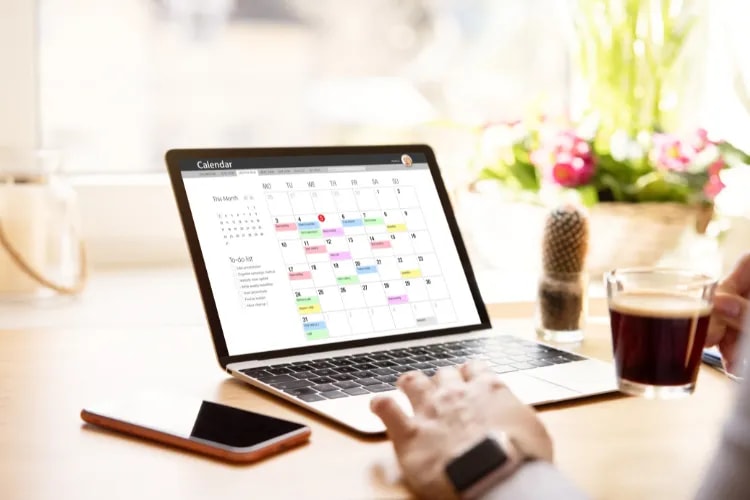
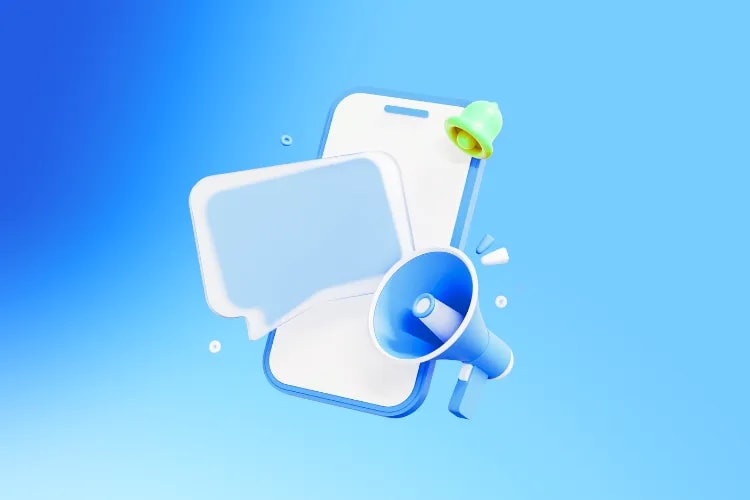



selling
selling
marketing
planning
planning
planning
planning
planning
growth